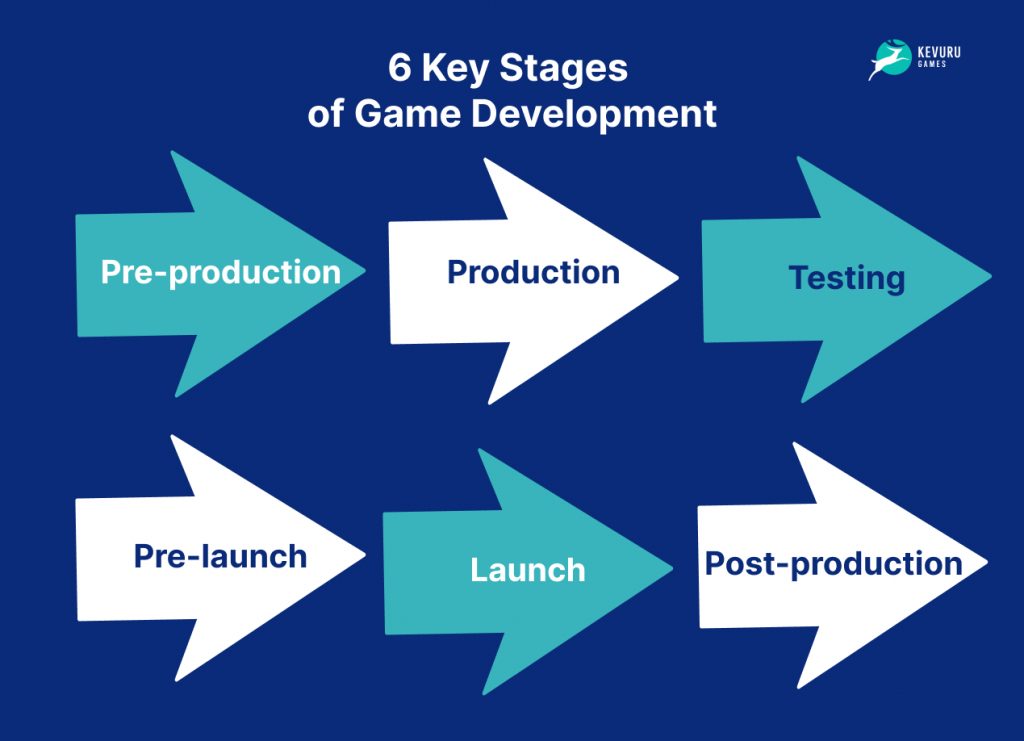The Lifecycle of Game Development
Concept and Design
The game development process starts with an inspiration or idea in the minds of creative developers. A team is assembled including designers, programmers and artists who will work together to realize this vision. The first step is creating a detailed Game Design Document laying out every aspect of the envisioned game from story to gameplay mechanics. This guiding document even describes technical requirements and helps ensure all parts work seamlessly together towards a cohesive gaming experience. Player needs and market trends are considered to establish a compelling concept.
Prototyping and Pitching
With the design set, a basic playable prototype is constructed showcasing key features. This allows for early experimentation and refinement of mechanics. It also demonstrates the viability of the idea to potential publishers who provide crucial funding in exchange for profits. Developers must passionately convey their vision during pitches to convince reserved business people to take a risk on an unproven project. Commitment and an enthusiastic presentation are important for success at this stage.
Pre-Production Planning
Once funding is secured, planning intensifies. A Technical Design Document establishes the technological framework by outlining the game engine, target platforms, programming languages and middleware tools required. Popular options include proprietary engines like Unreal and Source along with open-source alternatives. Resource needs are estimated and timelines created. Key roles are staffed as the team expands with specialized hires. Proper pre-production sets the project up for smooth development.
Content Creation
With blueprints established, content production dominates as the game takes shape. Programmers begin implementing designed systems. Artists create models, textures, animations and other visual elements bringing imaginary worlds to life. Level designers shape immersive 3D environments. Composers compose scores enhancing atmosphere. Writers flesh out plot and dialogue. Constant iteration refines until assets meet intended gameplay and narrative functions. Quality content is paramount for holding player attention.
Implementation and Integration
Behind-the-scenes, technical work ties everything together. Programmers code planned features and integrate content into playable builds. Game engine expertise helps optimize performance. Designers ensure a balanced, fun experience by testing integrations and tweaking systems. Constant communication and adaptation are needed as unforeseen issues emerge. Modules are merged through an agile process until a cohesive whole emerges meeting the outlined vision.
Testing and Refinement
Internal quality assurance teams subject prerelease builds to grueling playtests. Bugs are identified and fixed in an extensive polishing phase. Select outsiders provide valuable first-impressions through focus groups and closed beta trials. Feedback guides improvements to intuitiveness, difficulty, and enjoyment. Multiple refinement cycles incrementally enhance the product based on testing data until a finalized version emerges ready for public release.
Marketing and Release
When development completes, well-crafted marketing campaigns utilize promotional materials to generate buzz. Publishers handle press coverage, review embargoes, social media campaigns and ads. Any pre-order bonuses or special editions are announced. On launch day, availability expands through digital storefronts and retail shelves. Post-launch support may involve downloadable expansions, patches, and community engagement keeping players invested long-term.
Live Ops and Maintenance
Some games evolve into robust online platforms supported for years. Game teams operate live services maintaining servers, updating content, and managing in-game economies. Community management resolves player issues. Data analytics inform smart business decisions driving ongoing engagement and monetization strategies like microtransactions. Quality live ops form lasting player relationships central to games as a service.
Closure or Sequel
Eventually, even the most popular games decline as tastes shift or technology ages. At this point, support typically concludes once no longer profitable to maintain. However, for successful franchises, developers may choose to pass the torch with fresh sequels building upon lessons learned. Prequels or spin-offs also breathe new life into beloved worlds. Thus the development cycle often repeats again with each new entry as conceptual ideas bring dreams to playable reality through dedicated team effort.
